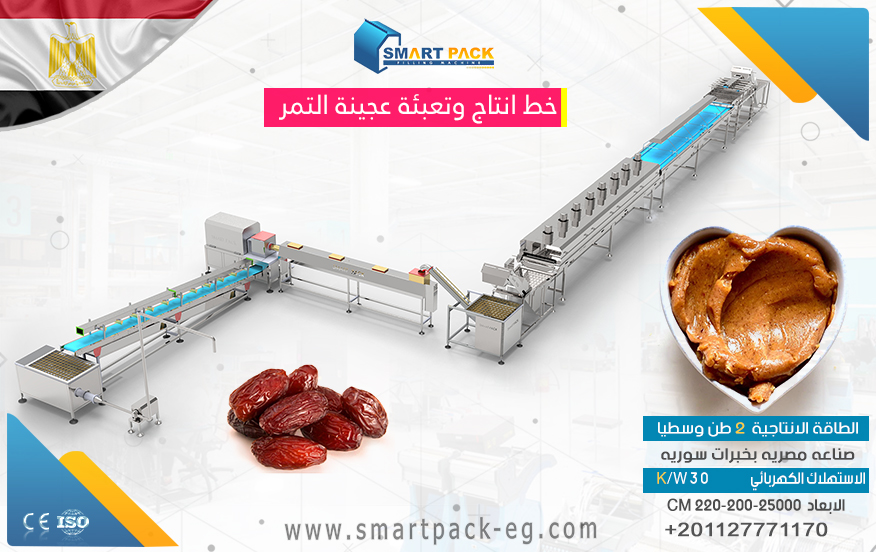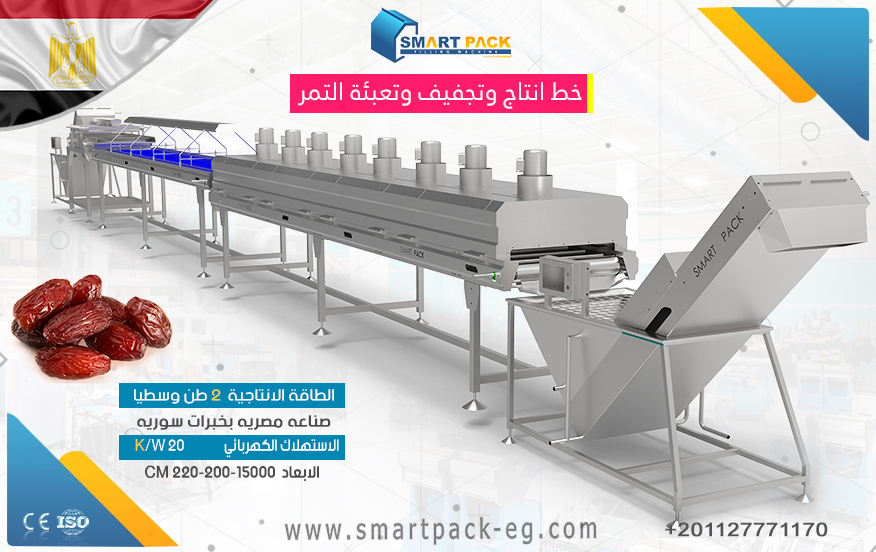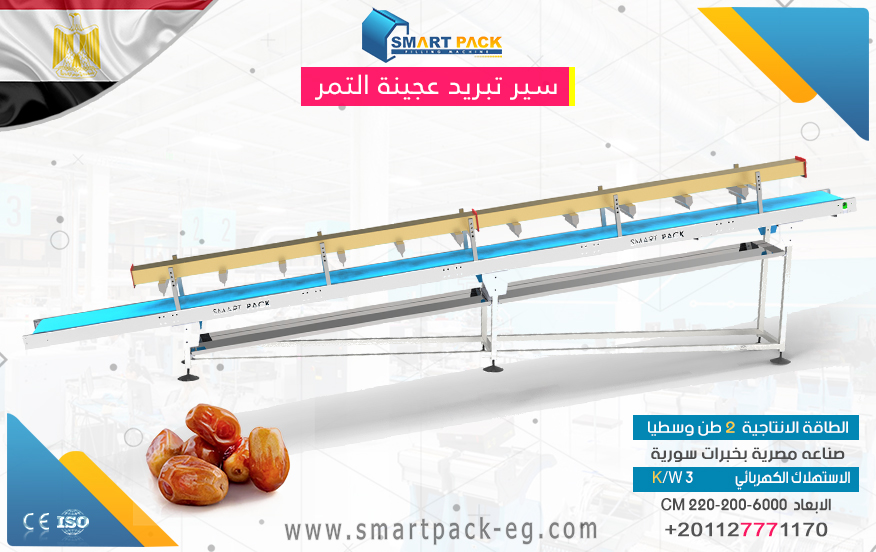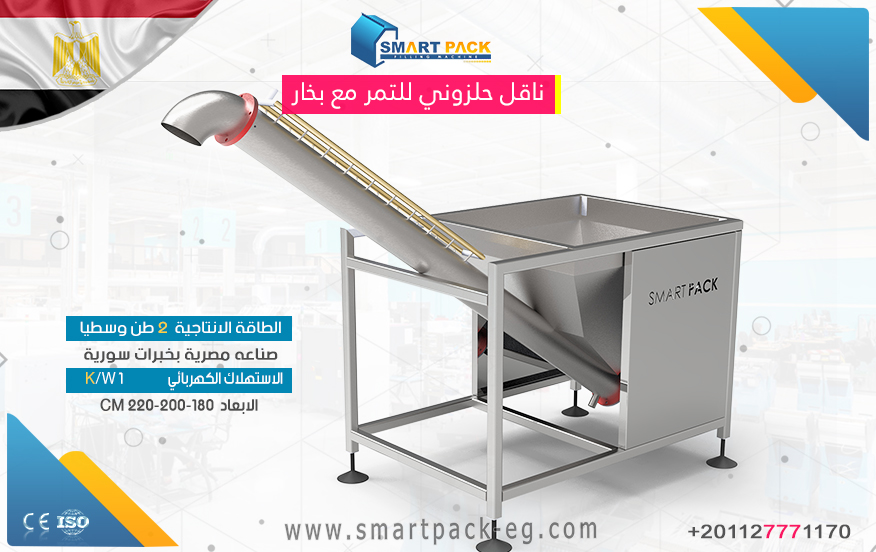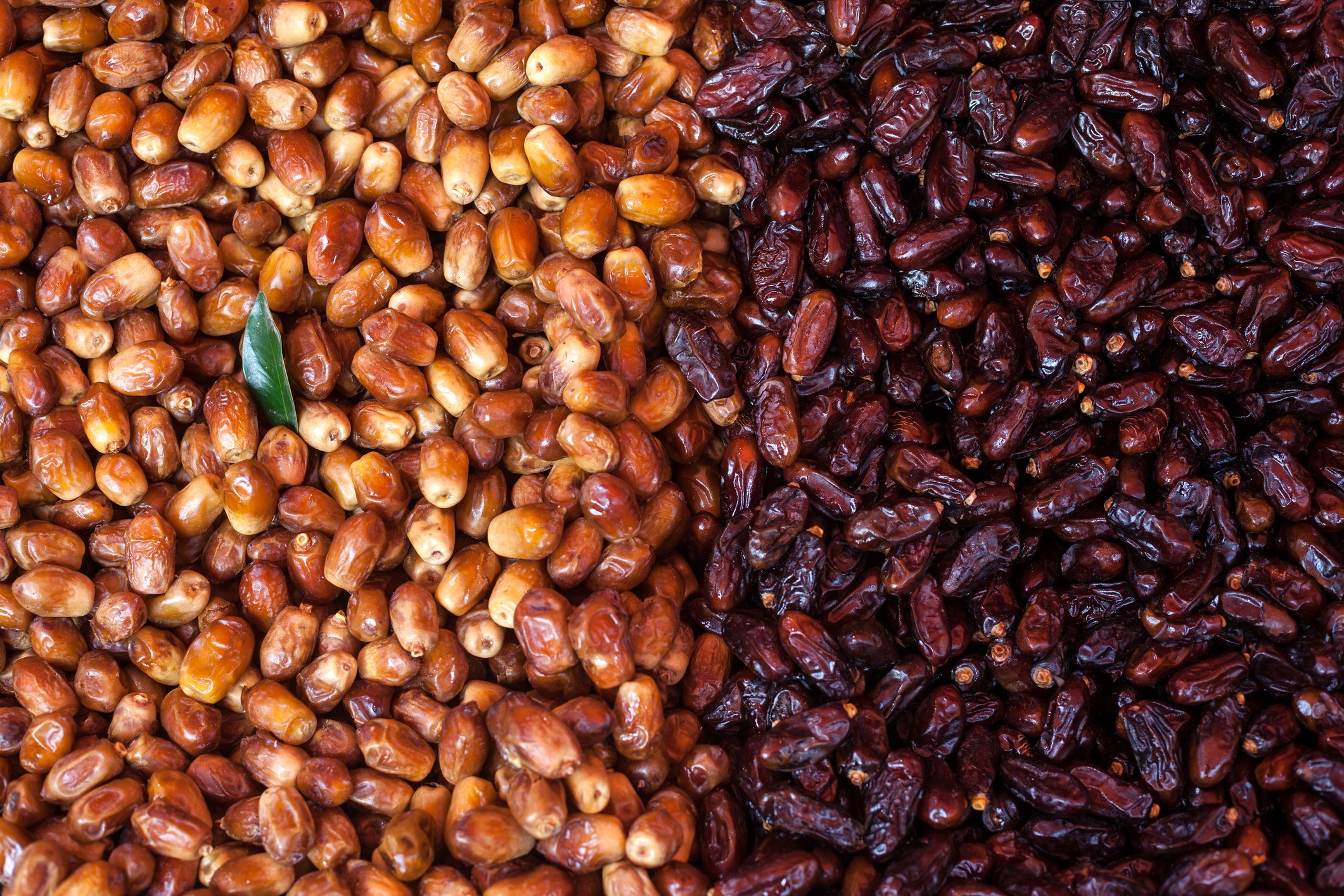How To Guide: Date Paste Production and Filling Plant Machines
Hello, my name is [Your Name] and I'm here to guide you through the process of date paste production and the machines used in a filling plant. Date paste is a versatile, natural sweetener derived from dates that is widely used in the food industry. Whether you are a small-scale producer or a larger manufacturer, understanding the different types of machines, their components, and the processing methods involved will help you establish a successful date paste production and filling plant. Let's get started!
Types of Date Paste Production Machines:
-
Date Paste Sorting Machine: This machine separates the dates based on their size and quality. It removes any damaged or undesirable dates, ensuring that only the best ones are used for date paste production.
-
Date Washing Machine: After sorting, the dates are thoroughly washed to remove any impurities, dirt, or other contaminants. This machine uses water and a gentle agitation process to clean the dates without damaging them.
-
Date Pitting Machine: Pitting machines are designed to remove the pits from the dates. There are different types of pitting machines available, including mechanical and laser-guided machines. These machines increase efficiency and help maintain the quality of the date paste.
-
Date Grinding Machine: Once the dates are pitted, they are fed into the grinding machine to create a smooth paste. This machine uses sharp blades or rollers to finely grind the dates into a homogeneous paste, ensuring a consistent texture and flavor.
Components of Date Paste Filling Plant Machines:
-
Date Paste Storage Tanks: These tanks are used to store the prepared date paste. They come in various sizes and materials such as stainless steel, ensuring hygiene and maintaining the quality of the date paste.
-
Date Paste Filling Machine: This machine is used to fill containers, jars, or pouches with date paste. It utilizes a precision filling mechanism to dispense the desired amount of paste into each container, ensuring consistent portions and minimizing wastage.
-
Date Paste Sealing Machine: After filling, containers need to be properly sealed to maintain freshness and ensure product integrity. Sealing machines come in different types, including induction sealers, cap sealers, or heat sealers, depending on the packaging material used.
-
Date Paste Labeling Machine: This machine applies labels to the filled and sealed containers, providing necessary information such as product name, ingredients, and expiry date. It ensures compliance with labeling regulations and improves product presentation.
Processing Method:
-
Sorting: Start by sorting the dates based on size and quality using a date paste sorting machine.
-
Washing: Thoroughly wash the sorted dates to remove any impurities, using a date washing machine.
-
Pitting: Remove the pits from the dates using a date pitting machine, ensuring the dates are ready for grinding.
-
Grinding: Feed the pitted dates into a grinding machine to obtain a smooth and uniform paste.
-
Storage: Transfer the date paste to storage tanks, ensuring proper hygiene and maintaining the quality of the paste.
-
Filling: Use a date paste filling machine to fill containers with the desired amount of paste, ensuring consistent portions.
-
Sealing: Seal the filled containers using an appropriate sealing machine, depending on the packaging material.
-
Labeling: Apply labels to the sealed containers using a date paste labeling machine, providing necessary information to consumers.
Conclusion:
By understanding the types of machines, components, and processing methods involved in date paste production and filling plant, you can establish an efficient and successful production line. From sorting and washing to grinding and filling, each step is crucial in maintaining the quality and consistency of the date paste. With the right machines and a well-defined process, you will be able to produce high-quality date paste that meets consumer demands. Good luck with your date paste production and filling plant!

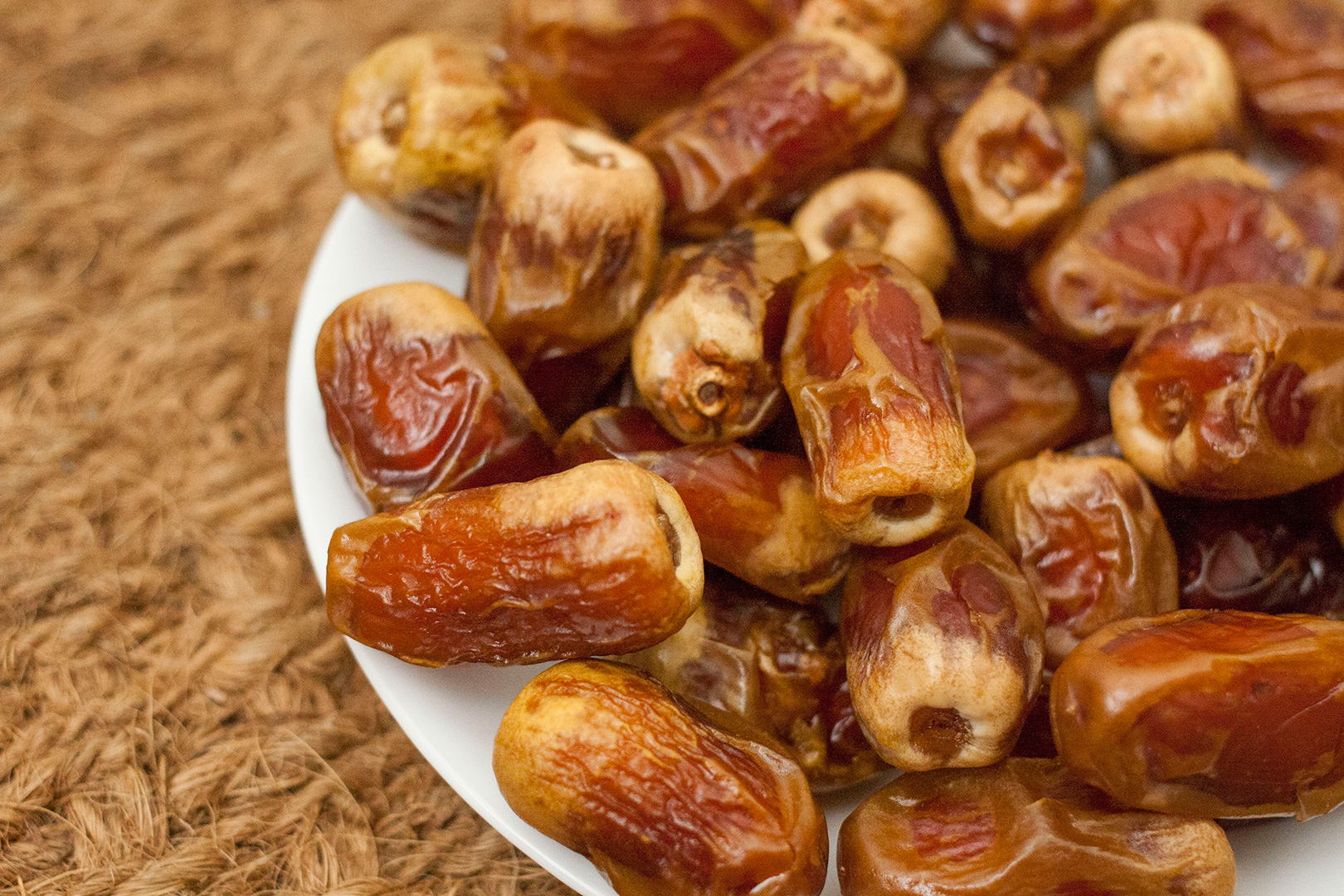
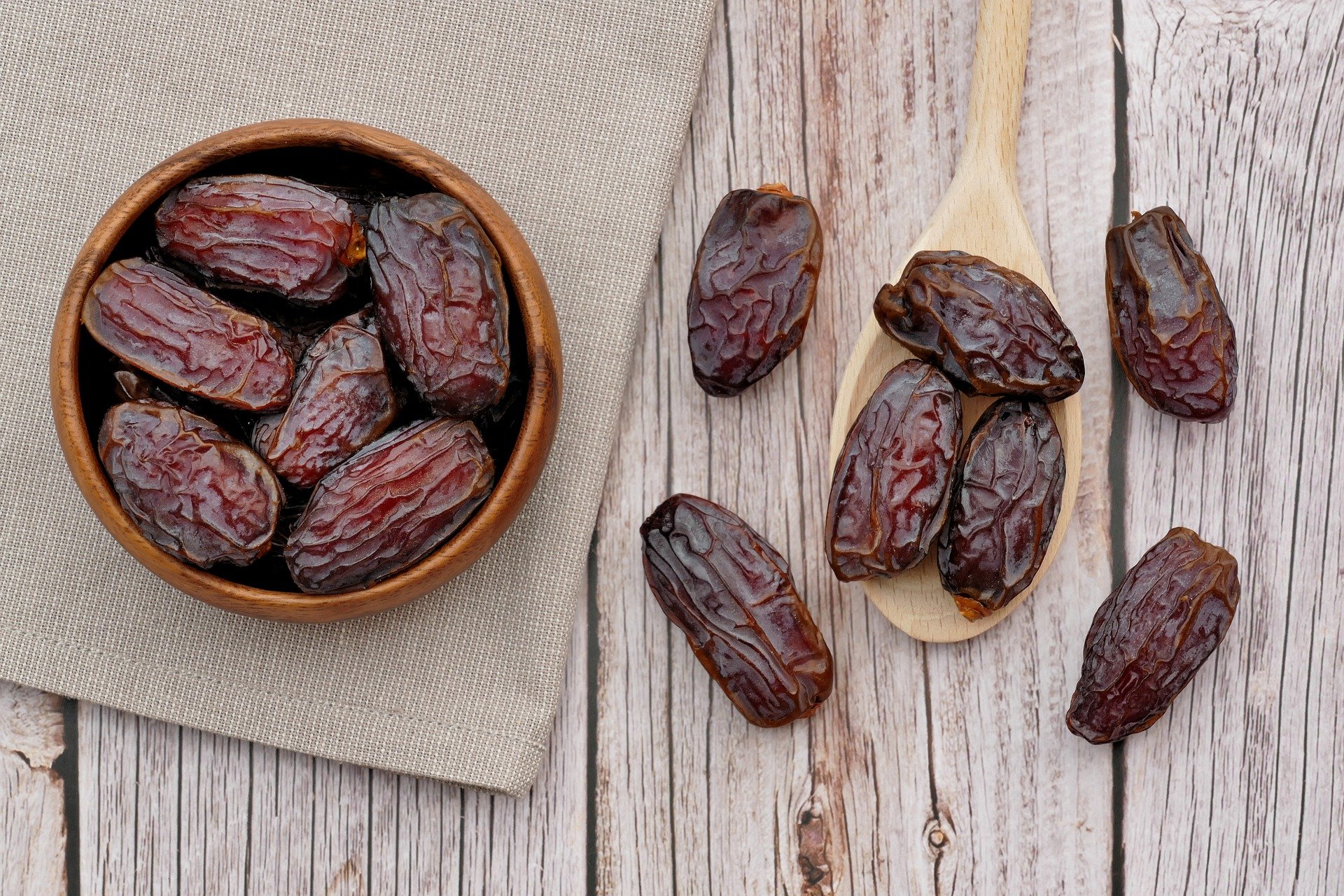
 Admin
Admin 